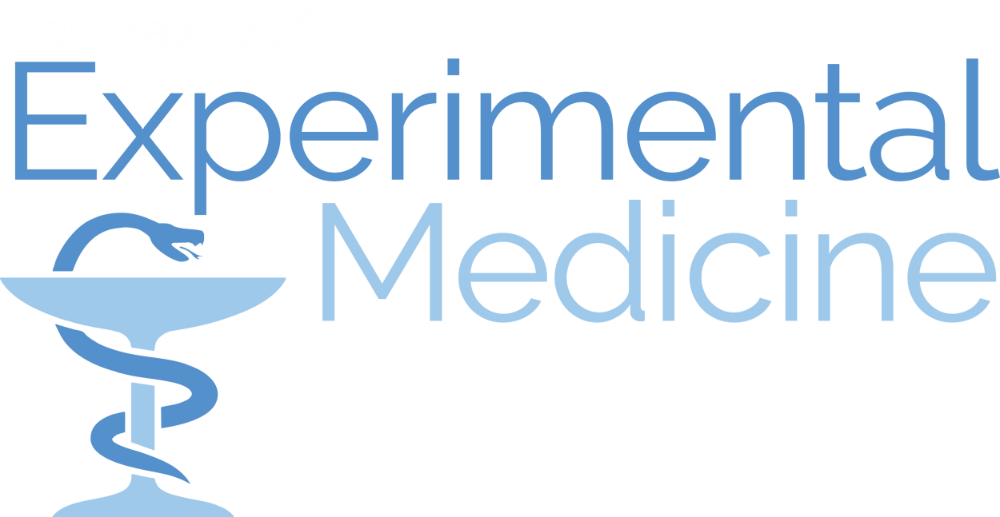DIABETES AND METABOLIC SYNDROME • HEART FAILURE • CANCER • DATA ANALYTICS • ENTREPRENEURSHIP
HEART FAILURE
Heart failure prevalence is in excess of 22 million cases worldwide, with 2 million new cases a year. In the US, 670,000 new cases of heart failure (HF) are diagnosed each year, affecting 2% of the US population, accounting for 34% of cardiovascular-related deaths, and 1-2% (~$40B) of all health care expenditures. The cation channel TRPV1 is expressed in the heart, and has specific and effective, orally-bioavailable antagonists. The central premise of the PI’s work is that TRPV1 activation in cardiomyocytes is essential in calcium signaling both physiologically and in acute, chronic, mild and severe pathologies in the heart. The major hypothesis driving our research is that administration of TRPV1 antagonists will protect from, and reverse the loss of function associated with HF, across the HF disease continuum, outperforming or enhancing drugs that are current standards of care. We have recently acquired preliminary data showing:
(1) TRPV1 knockout protects mice from hypertrophy and HF;
(2) TRPV1 antagonists protect from hypertrophy and HF; and
(3) multiple TRPV1 antagonists longitudinally reverse hypertrophy and functional loss.
Mechanistically, our data show that TRPV1 is regulated directly by the Atrial Natriuretic Peptide-cGMP pathway, linking TRPV1 to this peptide hormone that is released in the failing heart in order to orchestrate compensation responses.
These promising findings prompt major questions for preclinical studies that will enable rapid translation to the clinic:
(1) Is TRPV1 a therapeutic target across the full spectrum of HF severities and time courses?
(2) Are sex and age important variables in the cardiac physiological role of TRPV1 and/or the efficacy of TRPV1 antagonism for treatment of HF?
(3) Does inhibition of TRPV1 through ANP signaling imply that TRPV1 is involved in heart failure with preserved ejection fraction (HFpEF) in the absence of surgically modeled pressure overload cardiac hypertrophy?
(4) Does combination of TRPV1 antagonists with standard-of-care drugs such as ACE inhibitors and beta blockers lead to enhanced therapeutic gains?
Dr. Stokes holds an awarded US and international patent on TRPV1 as a target in Heart Failure and formed Makai Biotechnologies as a start-up to develop this intellectual property in 2017.
References
.Buckley, C.L. and A.J. Stokes, Mice lacking functional TRPV1 are protected from pressure overload cardiac hypertrophy. Channels (Austin), 2011. 5(4): p. 367-74.
Horton, J. S., Buckley, C. L. & Stokes, A. J. Successful TRPV1 antagonist treatment for cardiac hypertrophy and heart failure in mice. Channels (Austin, Tex.) 7, 17-22, doi:10.4161/chan.23006 (2013)
Horton JS, Shiraishi T, Alfulaij N, Small-Howard AL, Turner HC, Kurokawa T, Mori Y, Stokes AJ. TRPV1 is a component of the atrial natriuretic signaling complex, and using orally delivered antagonists, presents a valid therapeutic target in the longitudinal reversal and treatment of cardiac hypertrophy and heart failure. Channels (Austin). 2019 Dec;13(1):1-16. doi: 10.1080/19336950.2018.1547611. PubMed PMID: 30424709; PubMed Central PMCID: PMC6298697.


